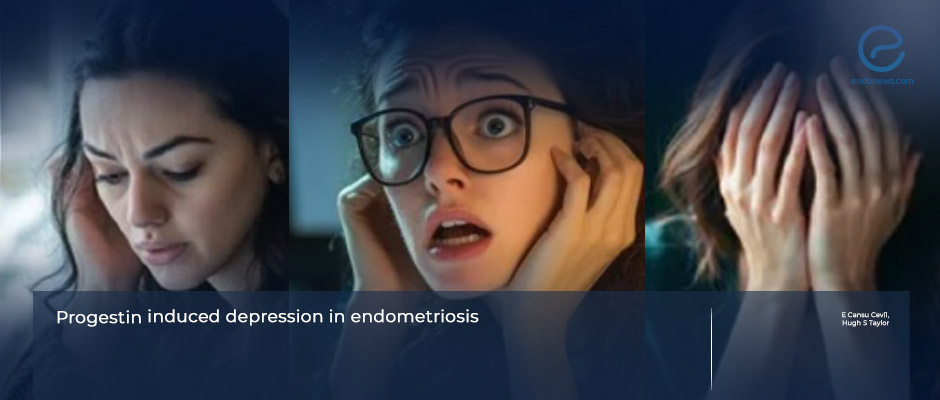Impact of OC-Induced Mood Lability on Treatment Adherence in Endometriosis
Endometriosis is associated not only with chronic pelvic pain, dyspareunia, dyschezia, dysmenorrhea and infertility but also with a significantly increased risk of mood disorders,anxiety and particularly depression. The global depression rate of women in the reproductive period is between 4.5% and 7%,…
Key Points Lay SummaryIs continuous hormonal treatment safe and healthy method for endometriotic patients?
One of the studies related to the search for new markers in pathophysiologic causes of endometriosis is circulating microparticles and their subset "tissue factor". In response to damage, activation, or apoptosis, these microparticles are found in human plasma, urine, saliva,…
Key Points Lay SummaryPostoperative long-term estro-progestin therapy for endometrioma
After the removal of ovarian endometriomas, the major concern is the high recurrence rate of symptoms and endometriotic cysts. The estimated recurrence rate of endometriomas is up to 50% at 5 years after surgery. To prevent the recurrence, postoperatively long-term…
Key Points Lay SummaryThe peculiarity of adolescent endometriosis
Recent studies showed the prevalence of endometriosis in adolescents with chronic cyclic or acyclic pelvic pain is about 60-70%. Moreover, all stages of endometriosis, including deeply infiltrating endometriosis can be found in this population. Gubbels et al. from the Department…
Key Points Lay SummaryThe efficacy of combined hormonal contraception on pelvic pain in endometriosis patients
Chronic pelvic pain, which is experienced by more than 33% of endometriosis patients, constitutes a significant challenge for patients and physicians. A new study that appears in the journal Human Reproduction Open has explored the prevalence of endometriosis patients with a history…
Key Points Lay SummaryAdolescent dysmenorrhea and future endometriosis
Dysmenorrhoea is typically classified as primary, or secondary due to underlying pathologies like fibroids, endometriosis, adenomyosis or uterine anomalies. Generally, long-term dysmenorrhea is present in endometriotic patient's anamnesis, but until recently, the research to clarify this connection remained retrospective. Knox et…
Key Points Lay Summary
 By Selma Oransay
By Selma Oransay




 By Irem Onur
By Irem Onur
